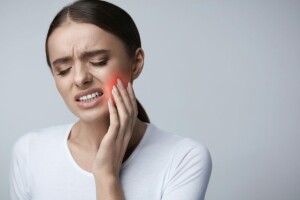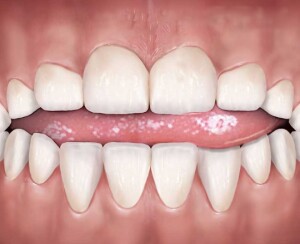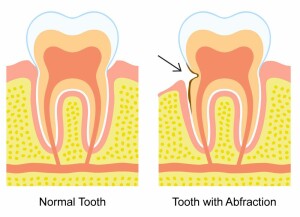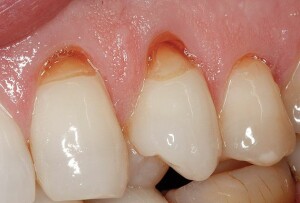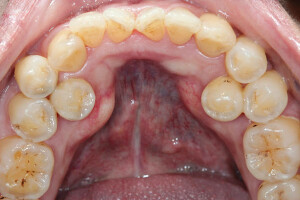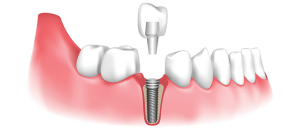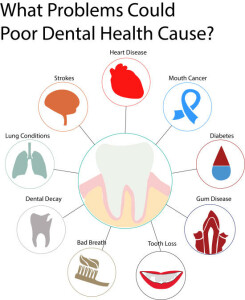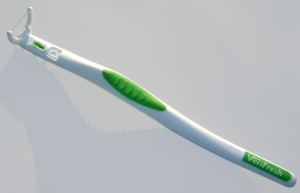Toothaches are one among the foremost common dental issues and are easily treated after proper diagnosis. The sooner that the toothache is diagnosed, the higher the prospect of saving the tooth.
Causes of Toothache:-
Toothaches have many causes, from gum disease to jaw clenching, but tooth root sensitivity can also cause a toothache.
The tooth root includes the lower two-thirds of the tooth, and it is usually buried in the jawbone. But when gum disease develops, the bacteria that cause the disease can also dissolve the bone around the tooth root. The combination of dissolved bone and receding gums means that more of the tooth root is exposed. Without protection from healthy gums and healthy bone, the root often becomes sensitive to hot and cold and to sour foods.In some cases, the sensitivity is so severe that you may avoid very hot, cold or sour foods.
Other common cause:-
Toothaches may result from a spread of causes, including the following:
• Tooth decay: the destruction or damage of the tooth, including the outer coating (enamel) or the inner layer (dentin) of the tooth
• Abscessed tooth: a tooth that has an infection in or around it
• Damaged filling: in some cases, an old amalgam filling must get replaced because it’s wearing out or chipped
• Gum infection: redness and soreness within the gums from improper oral hygiene or food stuck in gum tissue
• Grinding of teeth: the rear and forth movement of the upper and mandible that causes them to rub against one another
• Repetitive motion: a repeated action, like chewing gum, for long periods of your time

